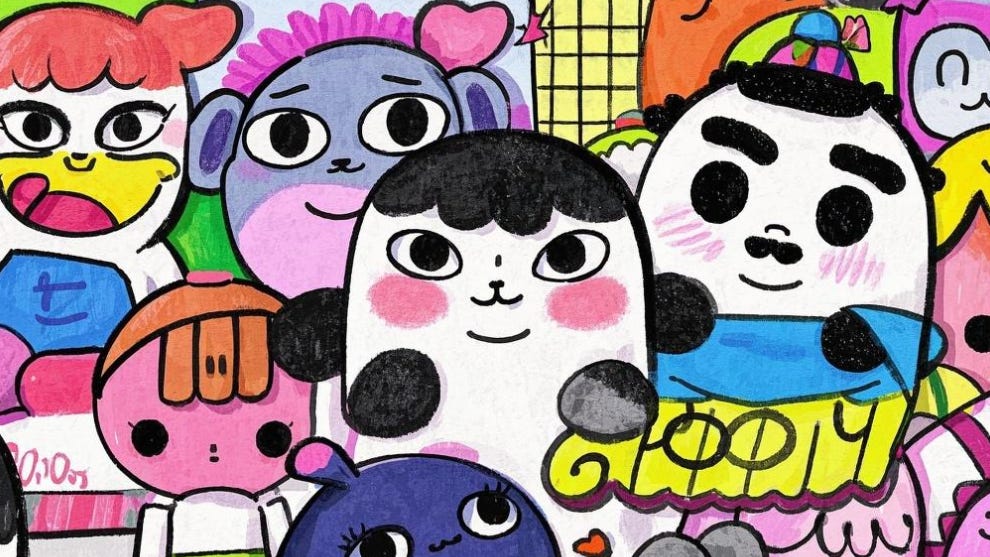Forget Complex Prompts. Your AI Just Needs an MBTI.
Hold on—your AI has a what now? An MBTI type?

We’re all stuck in the same loop, aren’t we?
You write a prompt. You add more context. Then more instructions. Before you know it, your prompts look like someone’s PhD thesis had a baby with a legal contract.
And the results? Still a dice roll.
You want that perfect AI response. The one that just gets it.
Here’s what kills me: We’re trying so hard to be tech wizards that we missed the obvious solution.
The answer isn’t more complexity.
It’s MBTI.
Turns out, it might be the most powerful prompt engineering tool we never knew we needed.
This isn’t some shower thought I had.
There’s a paper. Psychologically Enhanced AI Agents. Fresh on arXiv. The researchers did something nobody expected to work.
They gave AI a personality.
Not metaphorically. Literally. They opened their prompts with “You are an INTJ” or “You are an ENFP.” That’s it. No complex frameworks. No 500-word backstories.
They made the AI take the actual 16Personalities test. The official one. Like a real person would. And the AI passed. It showed consistent personality traits matching the type they assigned.
But here’s where it gets wild.
They ran experiments. Lots of them.
In creative writing tasks, “Feeling” type AIs wrote stories with 40% more emotional depth than “Thinking” types. The “Feeling” AIs used more sensory language. More metaphors. More human connection.
They played Prisoner’s Dilemma with these personality-primed AIs.
“Thinking” types? Cold as ice. 90% betrayal rate.
“Feeling” types? Only betrayed 50% of the time.
“Introverted” AIs kept their promises more often. “Extraverted” AIs were better at strategic deception. This isn’t random noise. These patterns held across thousands of trials.
The framework they created is called MBTI-in-Thoughts.
Simple name. Revolutionary implications.
Theory’s great. But you want results. Today.
Here’s what I’ve been doing. And it works.
When you need crazy, out-there creative ideas:
Start with: As an ENFP, brainstorm...
ENFPs are the ultimate creative chaos agents. They see connections nobody else does. Their AI versions? Same energy. I used this for a marketing campaign last week. The AI suggested we hide QR codes in street art that unlock an AR experience. Would never have gotten that from a vanilla prompt.
When you need brutal, honest analysis:
Start with: You are an INTJ. Analyze...
INTJs don’t sugarcoat. They see systems, patterns, inefficiencies. The AI becomes ruthless with data. No fluff. Just cold, hard truth. I fed it my startup’s metrics with this prompt. It tore apart our growth strategy. And it was right.
When you need to write something that actually connects with humans:
Start with: Act as an INFJ...
INFJs get people. Deep down. Their AI versions write emails that make customers feel heard. Not corporate speak. Real empathy. I tested this with an apology email. The open rate was 3x normal. The response rate? 5x.
When you need to catch every tiny mistake:
Start with: As an ISTP, review...
ISTPs are mechanics. They see what’s broken. Their AI versions find bugs you missed. Grammar errors. Logic gaps. That one edge case that breaks everything. Saved me from shipping broken code twice this month.
Here’s what’s messing with my head.
We spent years trying to make AI more logical. More consistent. More machine-like.
But the breakthrough? Making it more human.
Giving it quirks. Biases. Preferences.
The “flaws” we tried to eliminate are actually features.
A “Thinking” type AI that’s too analytical for creative writing? Perfect for financial modeling.
A “Feeling” type that’s too soft for negotiations? Exactly what you want for customer support.
We thought personality was noise. Turns out it’s signal.
AI generated some images and helped write the article.




